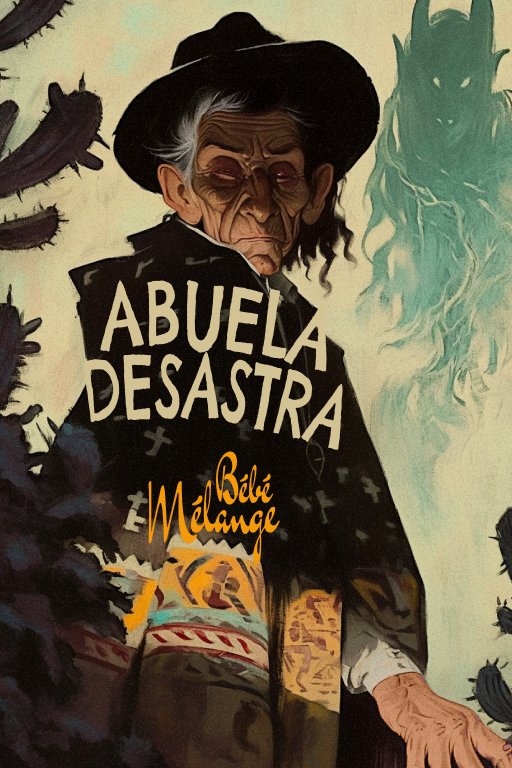WordPress is the software on which FtB runs, and I’d always assumed it was a service like facebook or xitter under control of one random corporation, subject to enshittification per their whims.
But not so! WordPress was an open source nonprofit project to establish a shared software for bloggers great and small to use. There are businesses involved that sell their own variations and services that are compatible with the core platform, and there’s a tradition of them chipping in some nominal amount to the org to keep the lights on for everybody.
But wait! The org has a tiny board with only one active member, that guy is also CEO of a for-profit WordPress company, and he has started ignoring this blatant conflict of interest to leverage the org against his company’s competitors. (i tried to link to a website about the subject and it broke this article until I removed it! umm…)
That’s all very arcane, isn’t it? What does it mean for you? This is all very much above my pay grade as a bloggy persona, but more than one of the competing WP companies have had basic functions – including security features – threatened by this rampaging mini-musk, and the one we use could get disrupted as well.
In fact, I know so little about the subject that I don’t know if it ever will be a problem for us, what the problem will look like, if there’s a problem already, or if there have been problems for months.
On which corporation or corporations does FtB depend for basic function? If it’s Automattic, we’d be safe from the crisis by merit of being under the rogue CEO’s company.
Or maybe not, depending on how far-reaching his unethical behavior goes. The guy also controls a social media platform (tumblr) and once revealed a trans woman’s side accounts on xitter in retaliation for criticism – a move so blatantly wrong-hearted even musk hasn’t pulled it yet.
But it all just goes to show everything we have online is at the whim of bastards with too much power, and could be snuffed like a match in a hurricane if they sneeze. It prickles one in the anprim feels.
Shit, if FtB was a newsletter distributed thru the USPS, we’d still be spitting distance from a republican privatization push subjecting us again to the whims of hyper-aggressive coked-up billionaires. Whatever.
–









